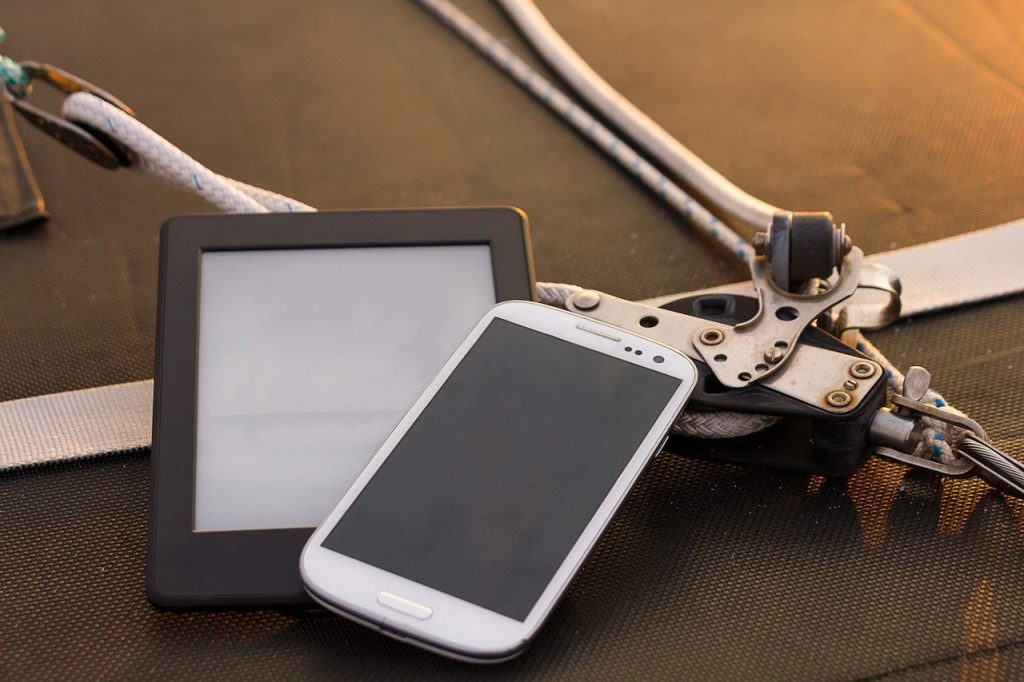When that moment comes for you to drop your boat off to a new owner, you’re likely to feel a bit sad to see her go. The boat on which you spent many summers cruising with your children, or celebrated a special anniversary evening watching the sunset, is about to belong to somebody else. Saying goodbye to a boat that you’ve shared lots of warm memories and adventures on can feel like you’re letting go of an era. So as you bid your boat farewell, it’s all the more important to ensure the sale goes without a hitch. Here are our tips for closing a deal.

Final negotiations: agreeing on a price
When selling a used boat, there’s generally a period in which the price is negotiated before a final sales agreement is reached. To secure a boat purchase, the buyer is clearly expected to make some form of payment. Here are seven tips on how to handle payments for your boat and incentivise buyers to hit the button faster:
Accept a deposit on the boat
Some sellers will accept a partial deposit to hold the vessel for a certain amount of time, until the final balance is paid in full. Offering this as a non-refundable deposit can be a great way to get a buyer “on the hook” and help seal the deal.
Make sure the buyer’s funds have cleared
Although payment methods will vary from person to person depending on the scenario, a boat should not leave the seller’s possession until all funds have cleared and the boat has been paid for in full.

Hire help: lawyers and licensed boat brokers
Consider using a marine lawyer, licensed yacht broker or specialist agency when selling a particularly large, valuable or complex boat. Documentation for high-value assets can be more involved and complicated than for smaller vessels so be sure you know what you’re getting into if you decide to represent yourself. It could well be worth it to bring in the pros for peace of mind.
Have your paperwork ready
Failing to provide a watertight documents portfolio can delay progress with a boat sale. Before you reach the agreement stage, you need to ensure that every relevant document is present and correct. You can then show potential buyers a streamlined collection of relevant documents, which can simply be handed over on completion of the sale. For more detailed information, read our essential guide to selling your boat online.
Accept payment apps
In today’s tech-savvy, mobile-first world, accepting convenient forms of payment may incentivise potential buyers to make a deal with you over other sellers. There are many valid payment apps and services out there that enable account holders to instantly transfer funds to others via a mobile phone or tablet.

Beware of cash
There are advantages to keeping transactions documented electronically, but if you’re accepting cash, just make sure that you look out for counterfeit notes by checking them carefully before accepting them.
Have a third-party with you
It is a good idea to have a third-party on hand when the time comes to transfer ownership, accept payment and sign the bill of sale. This person can help to check and count the cash with you before releasing the vessel and can be there to support you in case of any issues.
Save those documents (and make copies)
The final transfer of boat ownership is handled by means of a boat bill of sale. This can often be as simple as a signed, witnessed and dated document with basic details of the seller, the buyer, the boat and the agreed purchase price, but it remains a vital document for completing the boat selling process.

Whether you’re selling a sailboat, a small runabout, or a super expensive high-performance boat, you’ll want to safeguard all of your boat documentation and sales receipts to ensure that you’re not left in a vulnerable position. That final moment where the seller decides to push the button and proceed with the transaction is a nerve-wracking one, which is why it is best to be prepared and understand all of your options for receiving payments for your boat.
Image credits: Featured image: analogicus via Pixabay / Image 1: Vardan Papikyan via Unsplash / Image 2: TheHilaryClark via Pixabay / Image 3: Mounir Abdi via Unsplash


